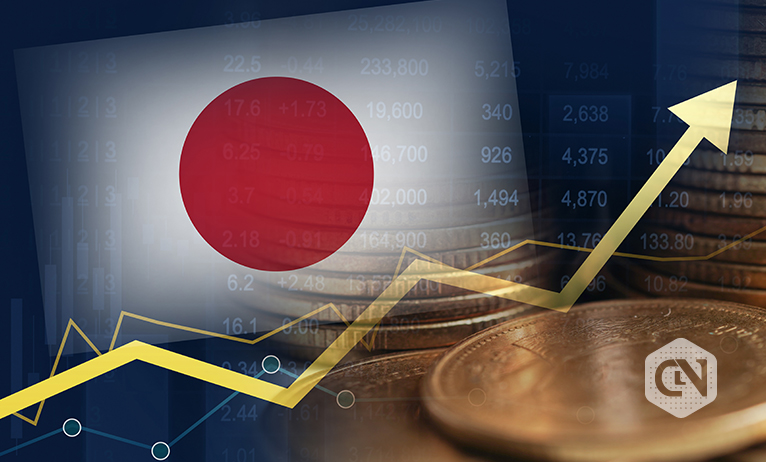This content has been archived. It may no longer be relevant.
The AUD witnessed a slight surge after the Australian CPI numbers were released recently. Q3 headline inflation arrived with 0.8% q/q versus the forecast of 0.8%. Meanwhile, the annual headline rate reached 3.0% in y/y against the expected 3.1%.
The former reached 0.7% q/q instead of 0.5% with the RBA’s preferred trimmed measures. Contrarily, the latter went to 2.1% y/y versus the 1.8% anticipated. Thus, it brought the headline CPI close to downward revisions. However, the trims accounted for an overall upward revision.
Advertisement
The numbers thrilled the best forex traders in Australia, increasing the AUD a bit. However, the Q3 saw over 50% of the Australian population quarantined, disturbing economic activities. The recent CPI upward spells trouble for the RBA, but the chances of changing the tightening plan are doubtful. So, by clicking here you will get to know more about it.
Inflation remains a hot topic worldwide, with energy prices and supply chains facing concerns. In addition, the North American market is suffering from the hurricane season while a gas pipe broke between Russia, Europe, and the UK.
On the other hand, India and China are trying to reduce rolling blackouts. The market is facing severe issues with the ongoing health outbreak and typhoon season. Energy companies are buying wholesale power at expensive rates to provide them at average prices to retail users. However, the trend will not last if it does not get a government subsidy.
The AUD can face two results if energy prices keep surging. It can either turn Australia into an energy-exporting country or affect the plans of central banks’. The former will lead to an optimistic outline of AUD’s sales and the trade balance. The latter will result in the tightening of the monetary policy.
Advertisement
It all depends on how promptly the RBA determines yields through the curve. It can also affect the Australian Dollar’s short-run performance.







